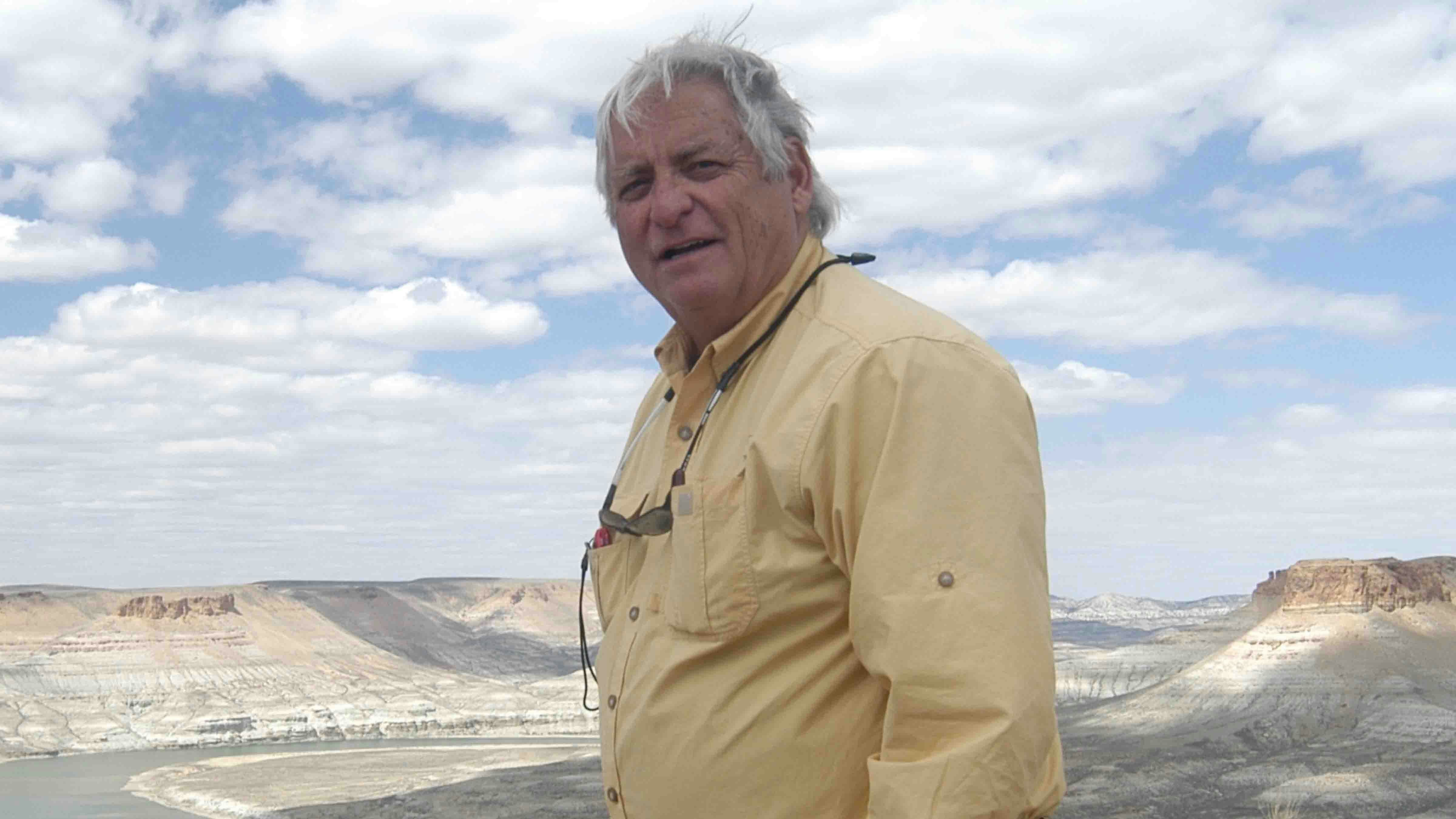By Cat Urbigkit, Range Writing columnist for Cowboy State Daily
I recently attended a meeting of fellow sheep and cattle producers who raise livestock in the part of Sublette County that is outside Wyoming’s trophy zone for wolves.
Wolves in the trophy zone are subject to regulated harvest as determined by the Wyoming Game and Fish Department (WG&F) with hunting seasons and quotas, but in the predator zone, wolves can be killed at any time, for any reason.
If a livestock producer has wolves preying on their livestock in the trophy zone, it is the WG&F’s responsibility to both take care of the problem and to provide compensation for livestock losses to wolves. Not so in the predator zone. Although there is no regulation on the “take” of wolves in the predator zone, there is no state compensation program for livestock losses due to wolf depredation.
The state does have a program to help local predator boards pay for wolf control in the predator zone when there are confirmed livestock depredations, but again, no compensation program.
At the meeting, I listened to two of my neighbors who belong to a grazing association discuss their historic annual herd death-loss rate of 2%, and how that rate has now increased to 10%. The increase comes despite the application of intensive animal health protocols, and active herding by range riders living with the cattle. This is the same scenario as that faced by cattle producers experiencing grizzly bear depredation on their herds in the Upper Green River region of the same county.
With losses now 10% or more, several Upper Green producers said they wouldn’t be able to stay in the cattle business without the WG&F compensation program.
Two of my neighbors in the predator zone ended the grazing season short a total of 48 calves. A few calves were verified as wolf kills, but the majority of the missing calves simply disappeared, as is typical when a large carnivore species preys on livestock in rugged terrain. If each of those calves were sold at $700 per head this fall, that’s a loss of $33,600 in revenue between the two neighbors.
Five other neighboring producers (including me) didn’t disclose their losses, but all had enough losses to wolves to bring us all into the same room for a discussion. I can think of two other neighboring producers who weren’t able to attend the meeting but are in the same boat as the rest of us.
Our portion of the southern Wind River Mountains has become known as a chronic wolf depredation area. This area was not included in the trophy wolf zone specifically “because of the high potential for persistent conflicts with domestic sheep and cattle that are grazed on both public and private lands in these areas.”
There are other areas of the state’s predator zone in a similar situation, including in areas in Lincoln, Park, and Fremont counties. Wolves have even hit herds in Natrona and Carbon counties.
The livestock losses in our region are occurring with relatively high hunting pressure on the wolf population, since wolves can be taken anytime and without a permit in the predator zone. As one young cattleman questioned, “Who thinks this is working, when you’ve got wolf hunting and calf losses are at 10%?”
Hunting pressure has made wolves in the predator zone smarter and more elusive, but it has not stopped wolves from killing livestock – as we all knew it wouldn’t. But it has made controlling problem wolves more difficult.
Without radio collars on wolf packs in the predator zone, we have no way to monitor wolf pack movements, so we lack a method of tracking problem wolves. When we did place a radio collar on a wolf on our place, she would be at our ranch one night, and 15-20 miles away the next night. We always know the wolves will return, but what we never know is when. Sometimes it’s three or four nights a week, but sometimes it’s only about once every three weeks.
What has now been proven is that the Wyoming legislative declaration of wolves outside the trophy game zone as a predatory species with no limits on take does little to resolve depredation problems. While hunters can legally kill wolves at any time in the predator zone, most have learned that it’s easier to talk about hunting wolves than actually succeed at killing one. Even when they succeed in harvesting a wolf, most often they are not targeting wolves involved in livestock depredations.
Targeting depredating wolves requires a sustained effort by skilled professionals: USDA Wildlife Services, the professional animal damage control experts that wolf advocates love to hate. After our recent livestock producer meeting, Wildlife Services agreed to devote more ground time to our chronic damage area, and within a few days was able to trap and radio collar another female wolf – a member of another wolf pack living in the area. With this federal agency’s help, we hope to get more collars placed on wolves in the predator zone. Then we can respond to livestock depredations by taking not just any wolf, but the wolves responsible for livestock depredations.
Cat Urbigkit is an author and rancher who lives on the range in Sublette County, Wyoming. Her column, Range Writing, appears weekly in Cowboy State Daily. To request reprint permission or syndication of this column, email rangewritesyndicate@icloud.com.





